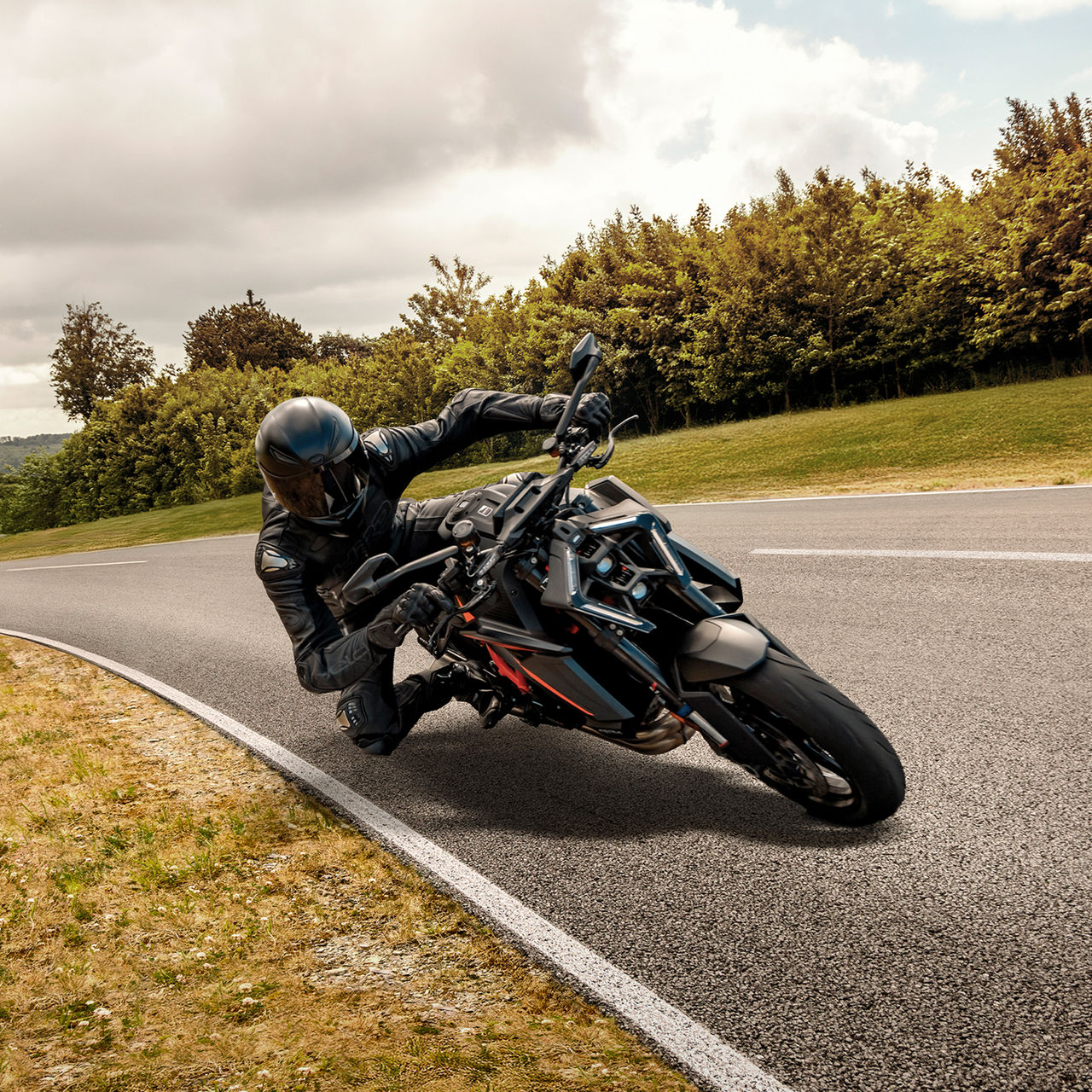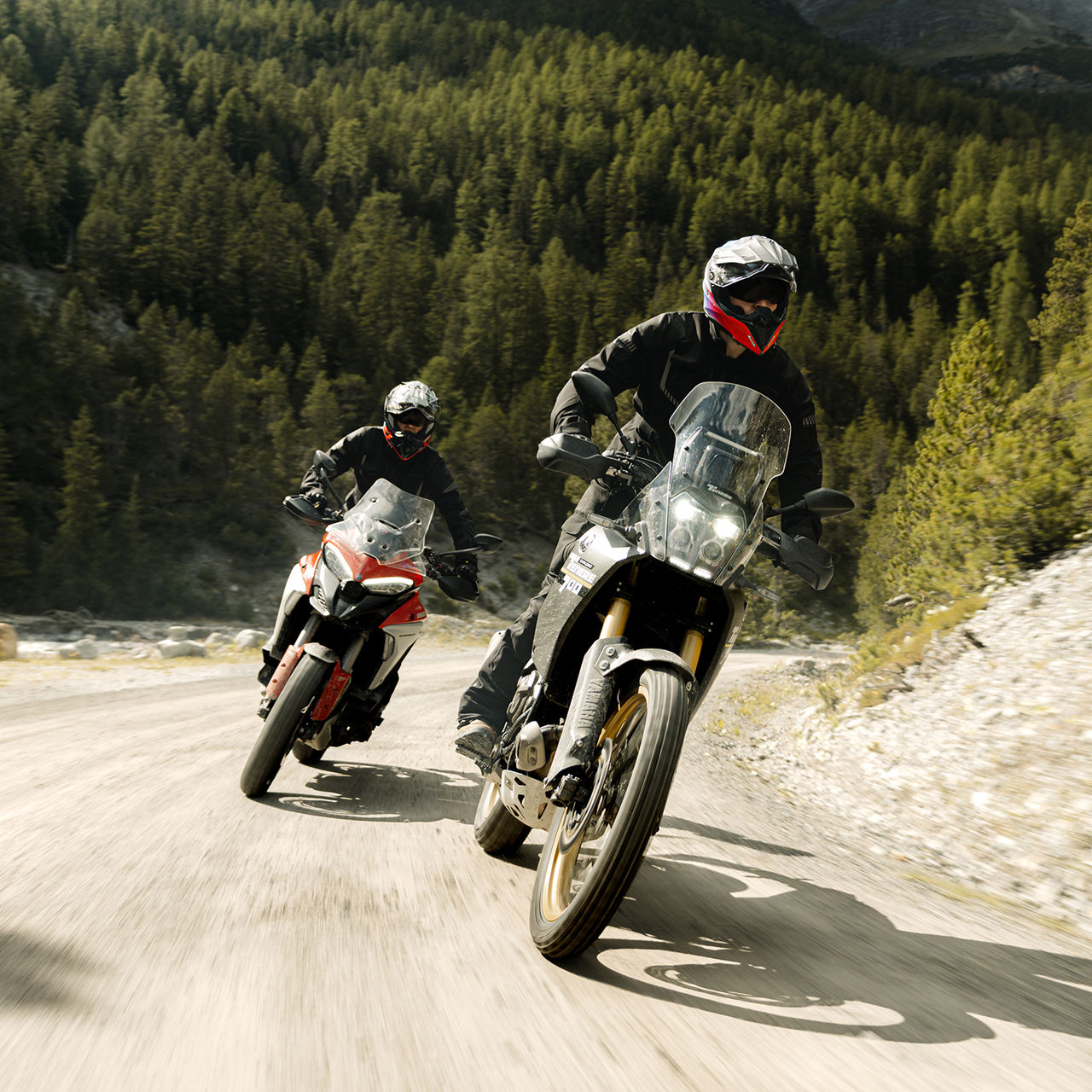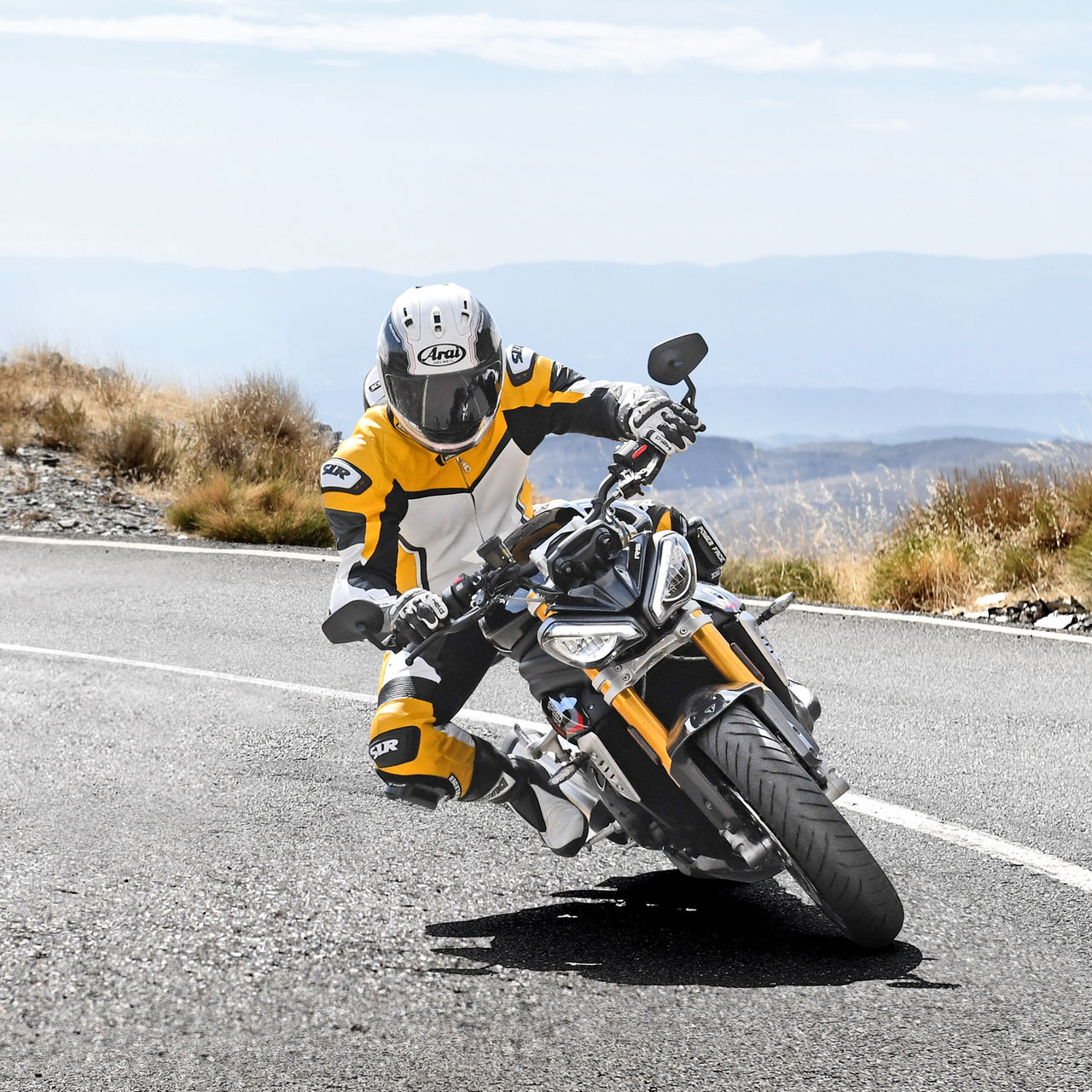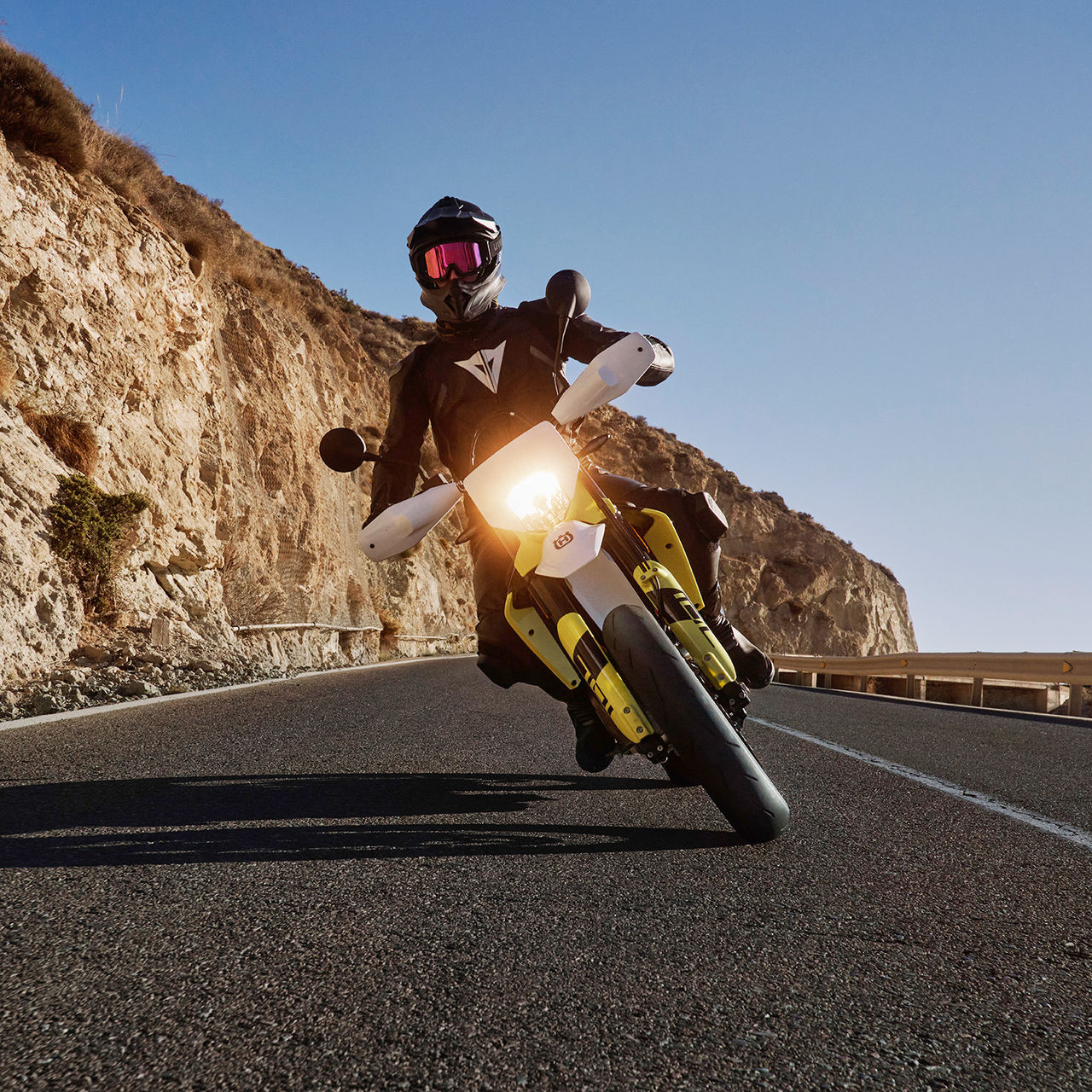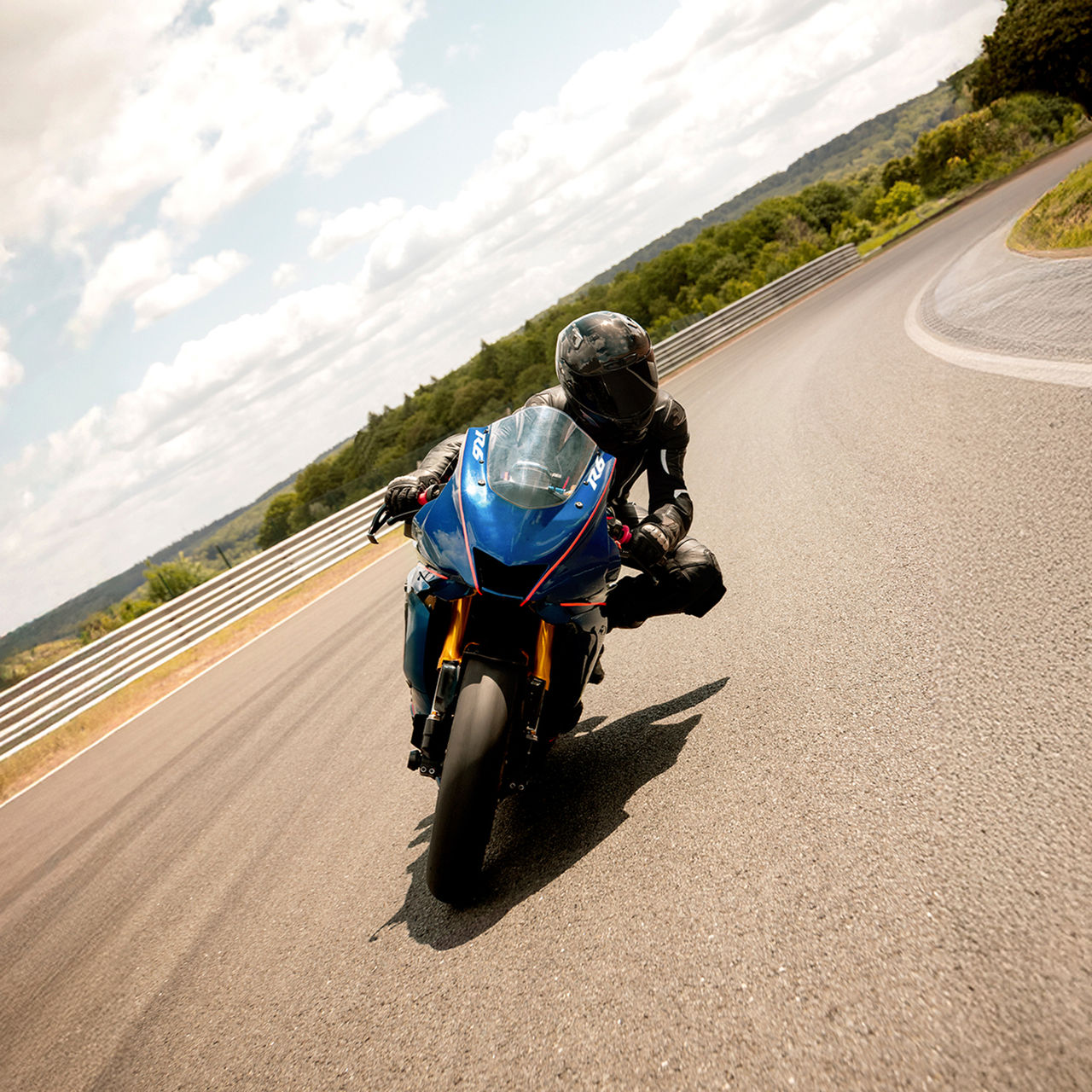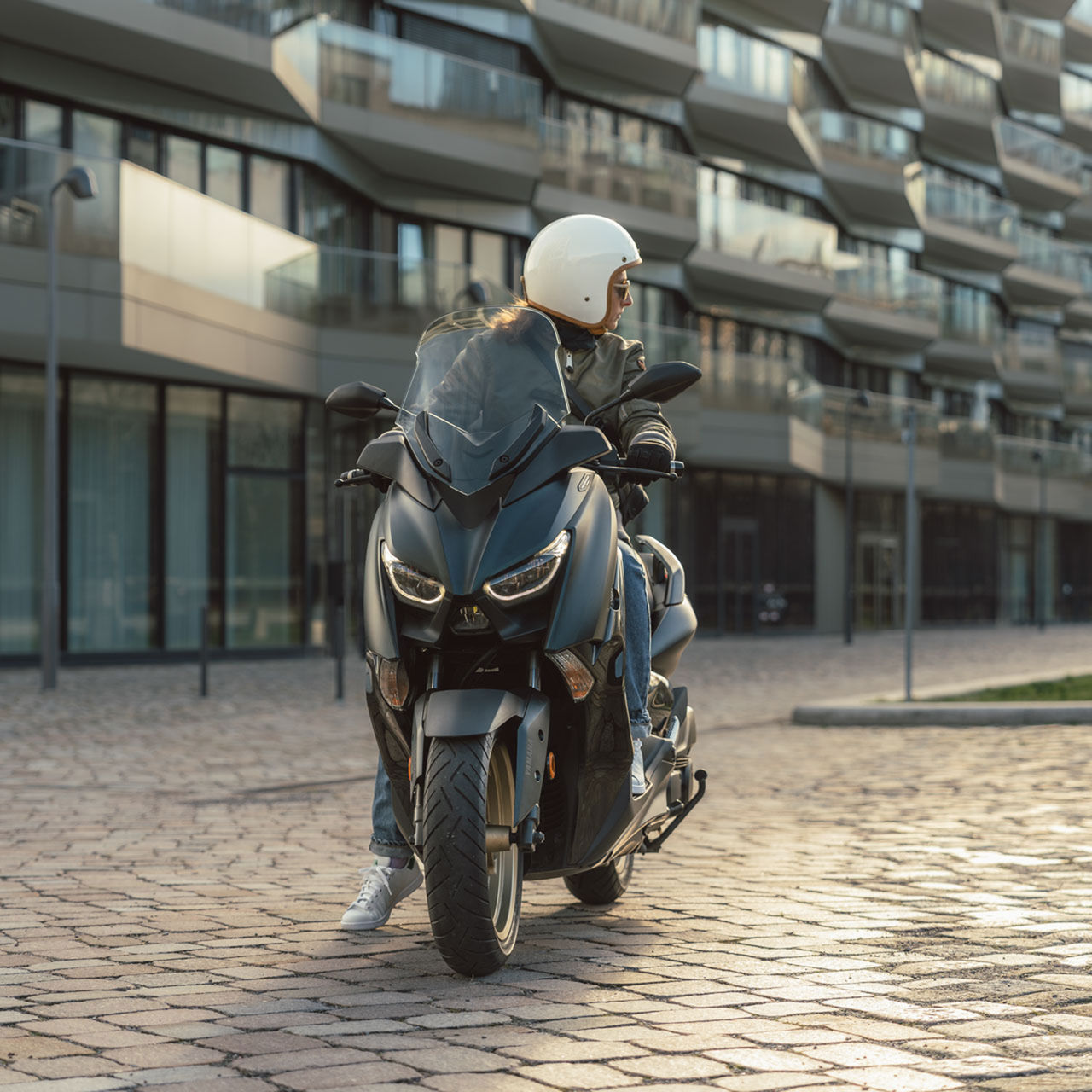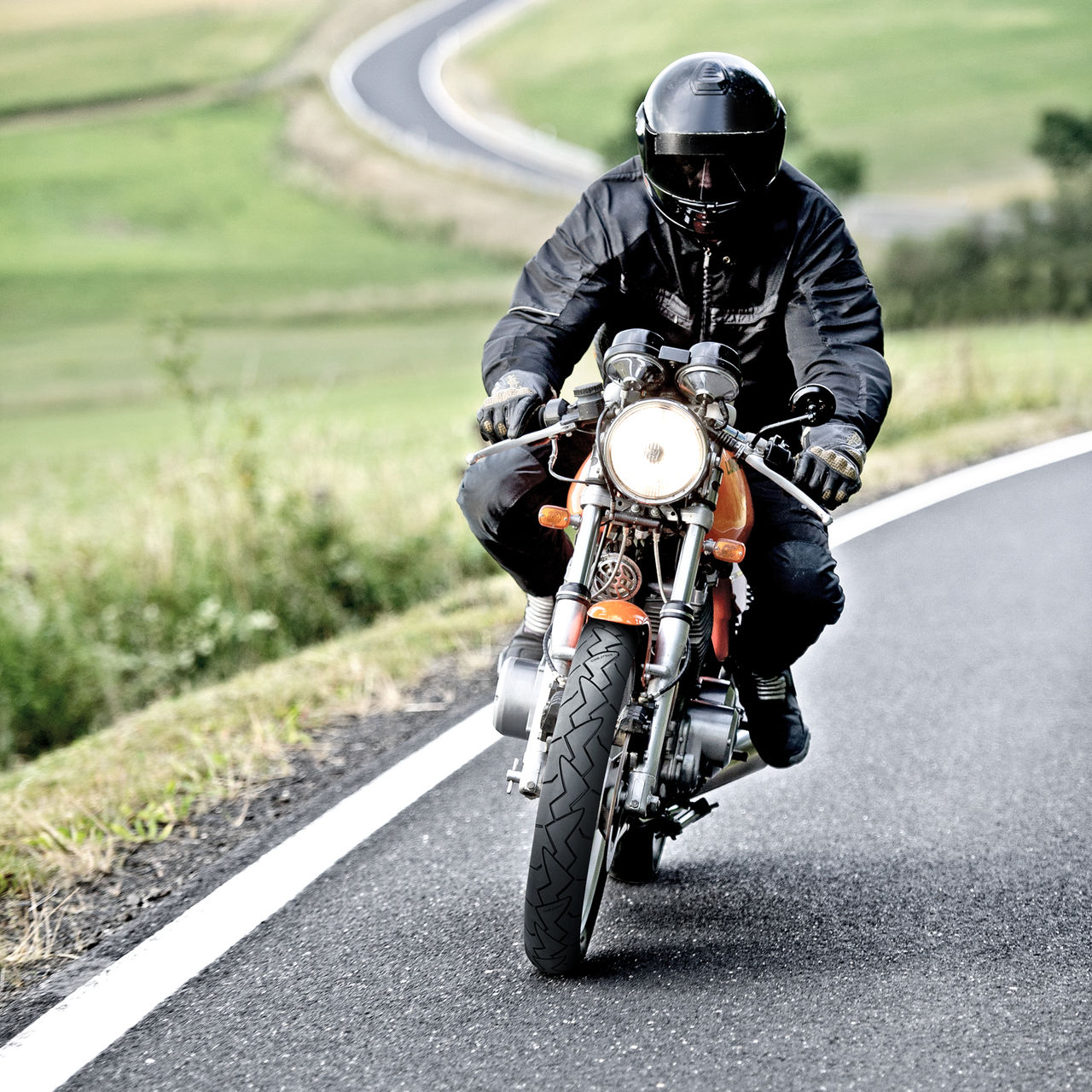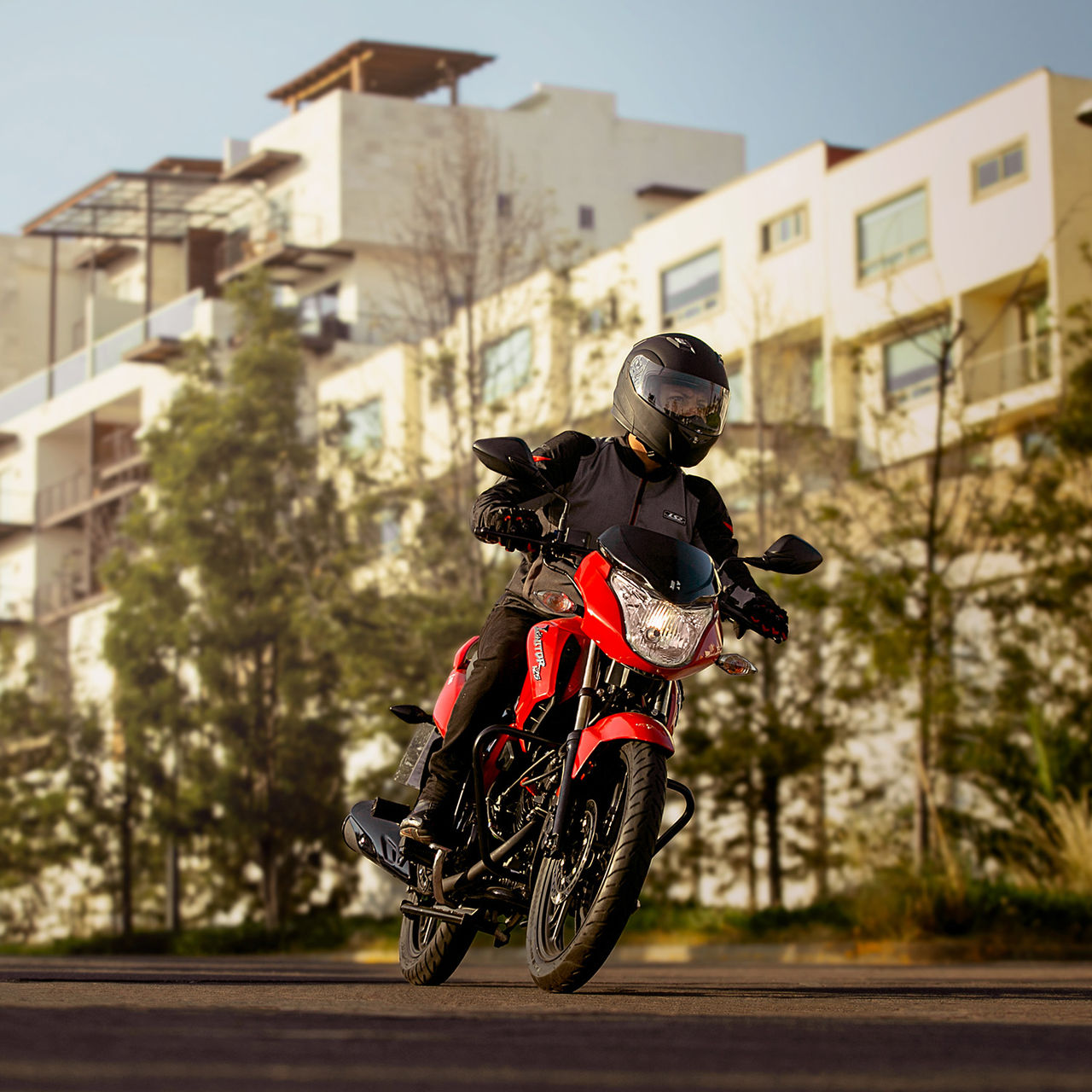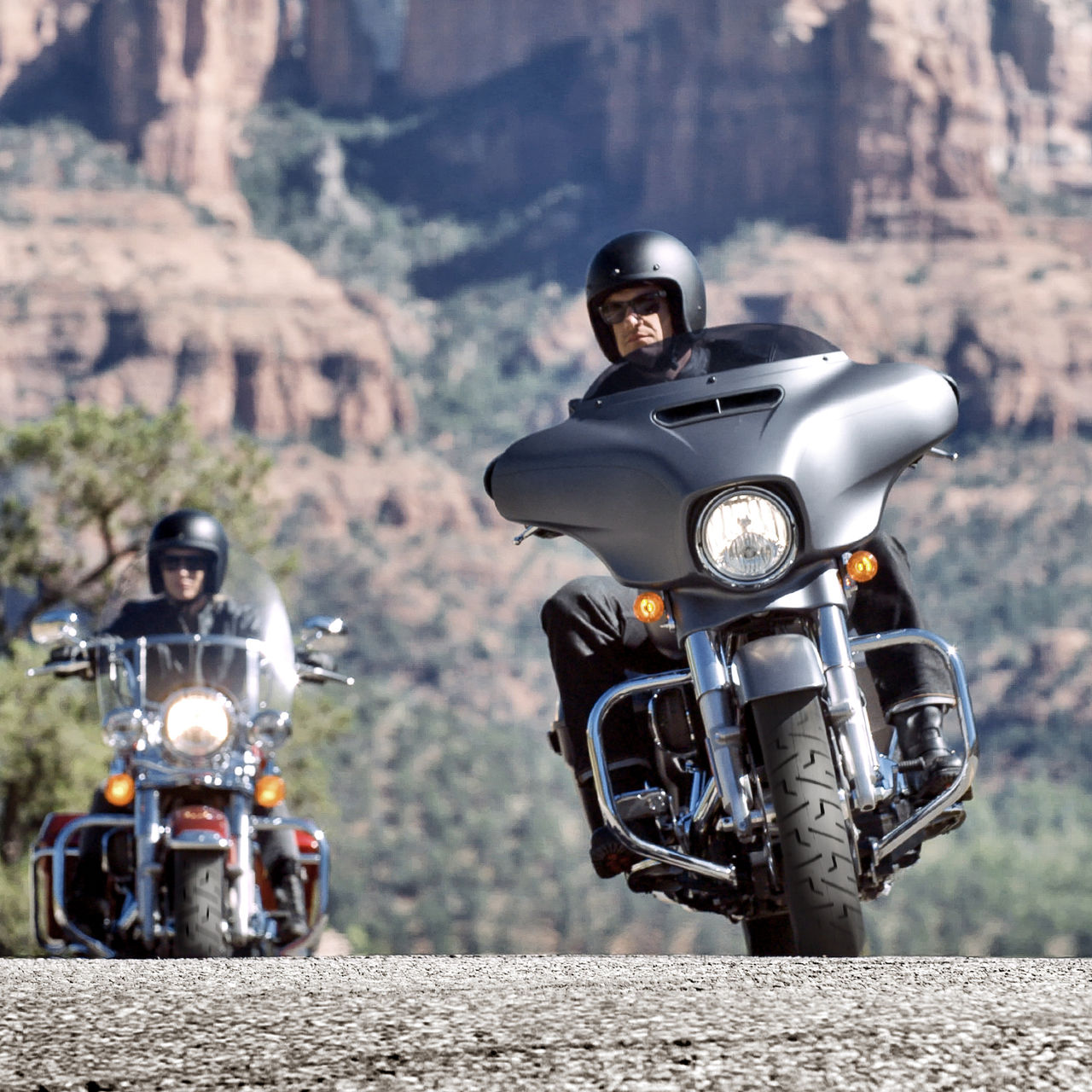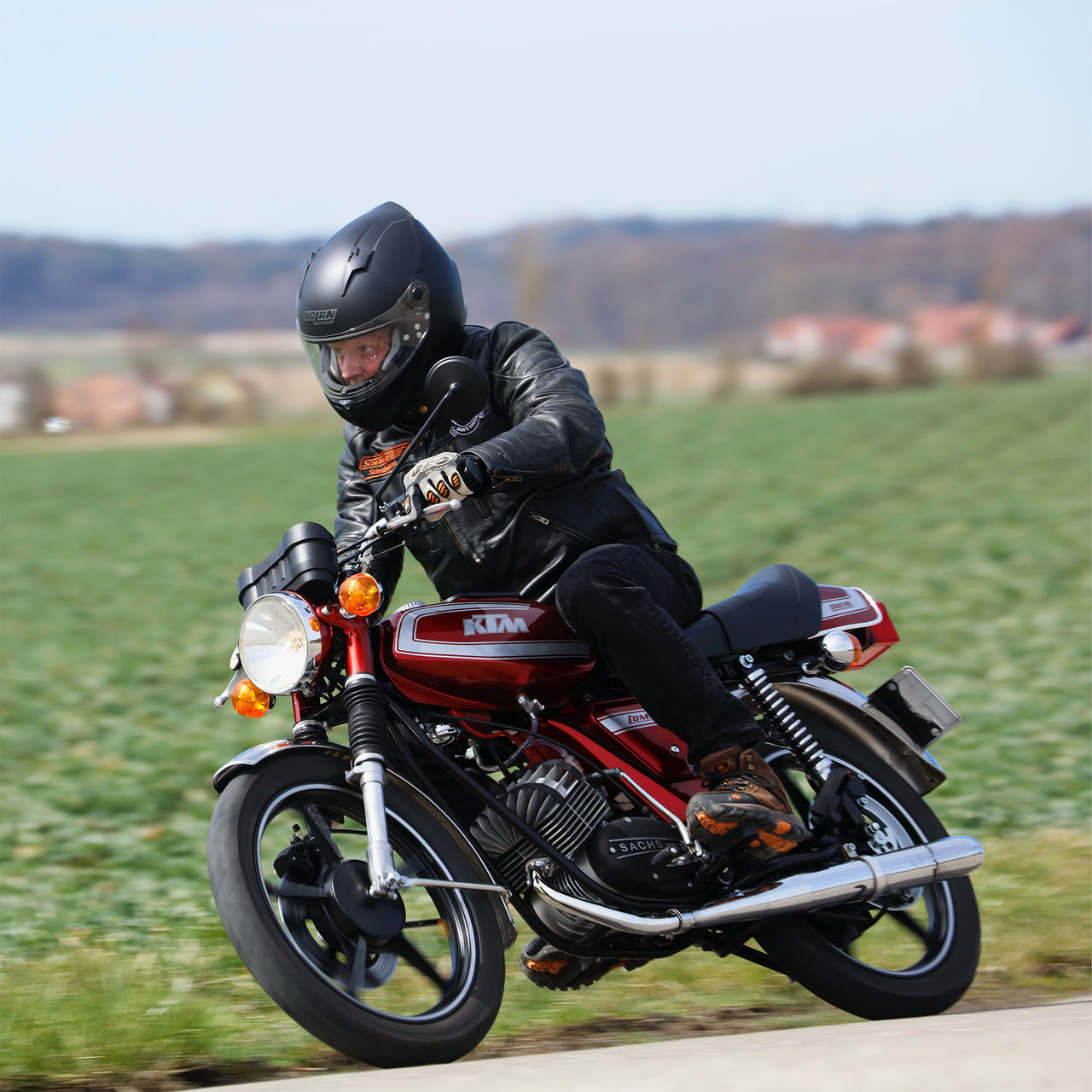Visit Continental Tires in your country for local vehicle fitment
- ContiSportAttack 5
- TKC80 2
- ContiAttack SM 2
Which tire is right for your bike?
Our Product Highlights
Find Your Adventure Motorcycle Tire
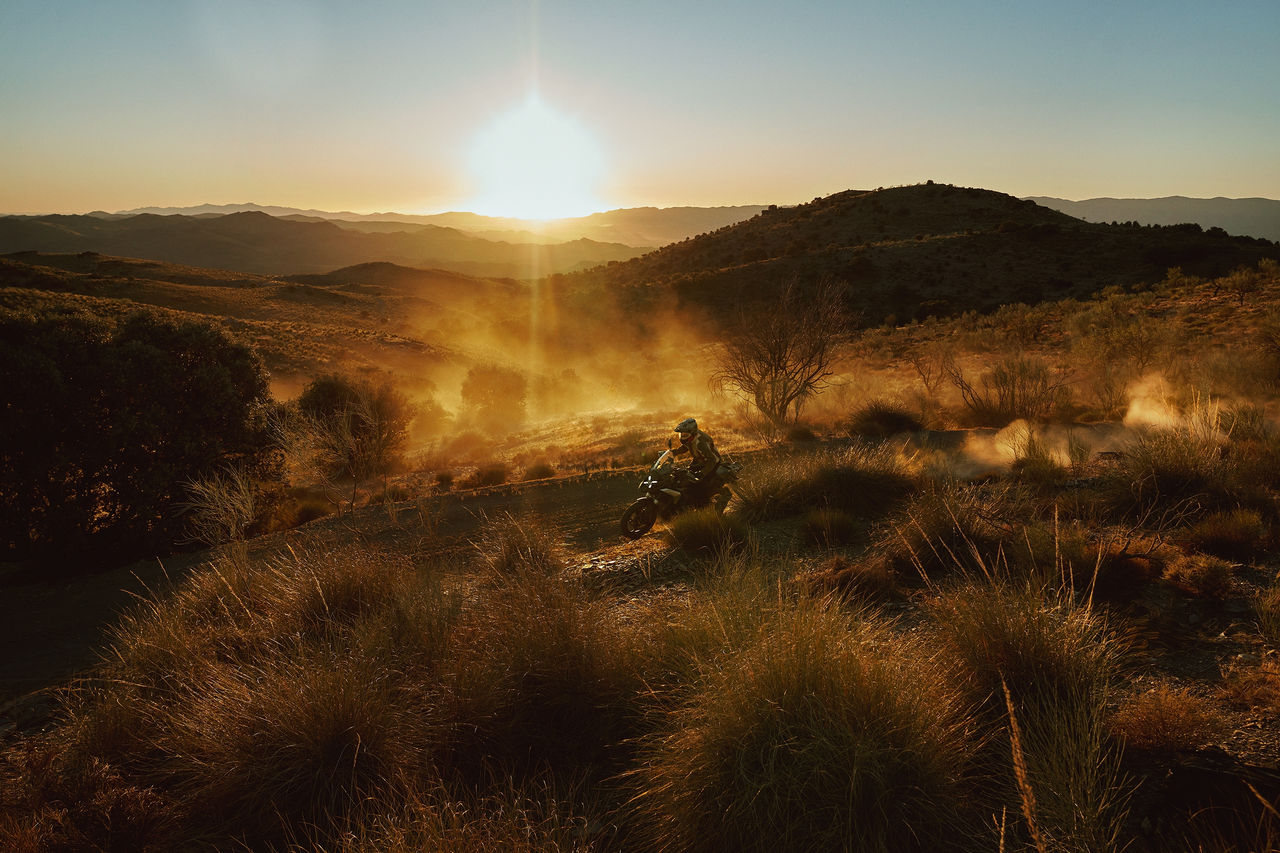
For every terrain and every purpose, the Continental Adventure portfolio has the ideal motorcycle tire. Find your tire here.
#ExploreEndlessly
Downloads
Stories
Get involved and experience the passion.
Still have questions?
Just ask.
We are happy to answer all your questions and support you with our tire expertise.










